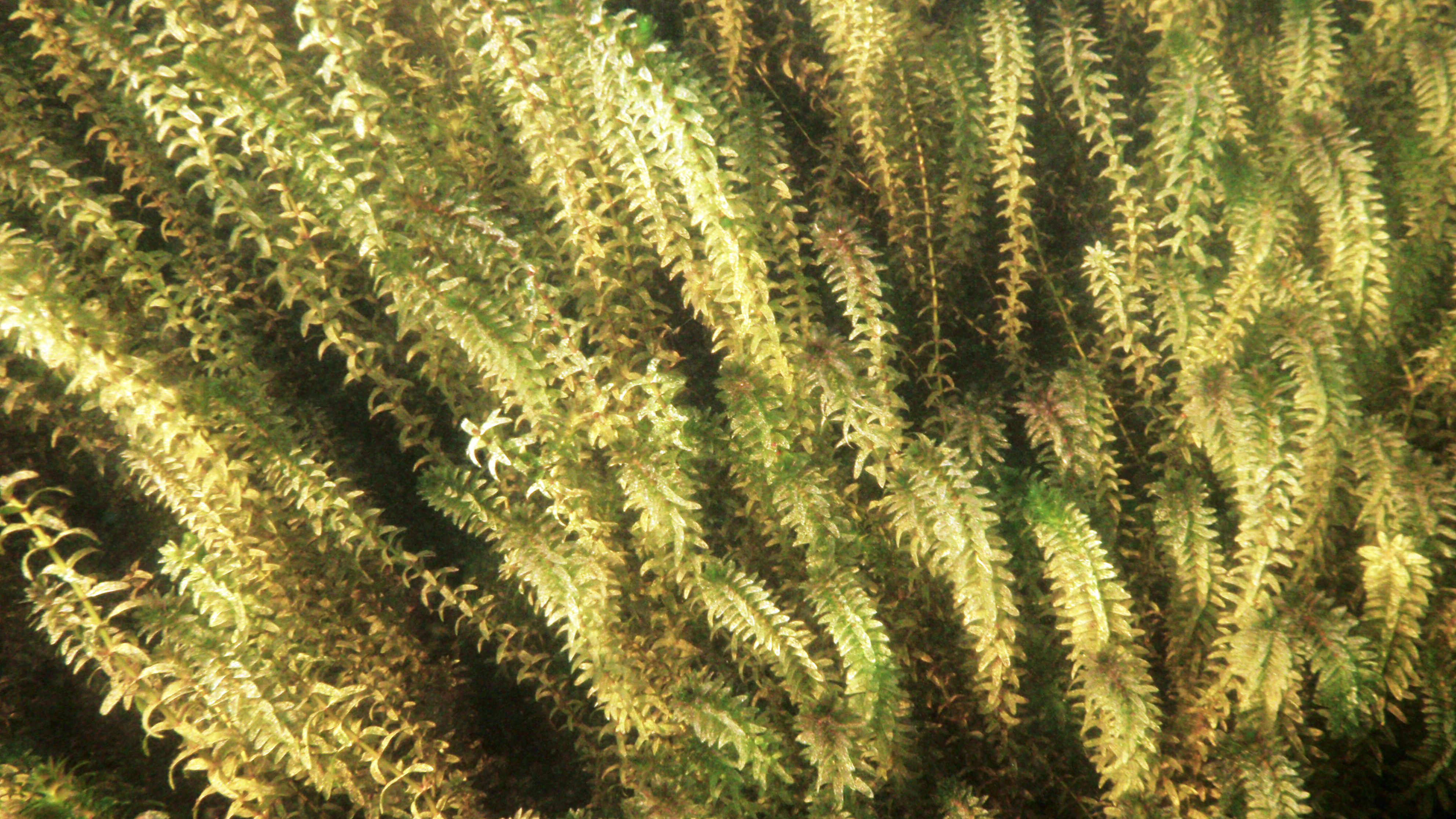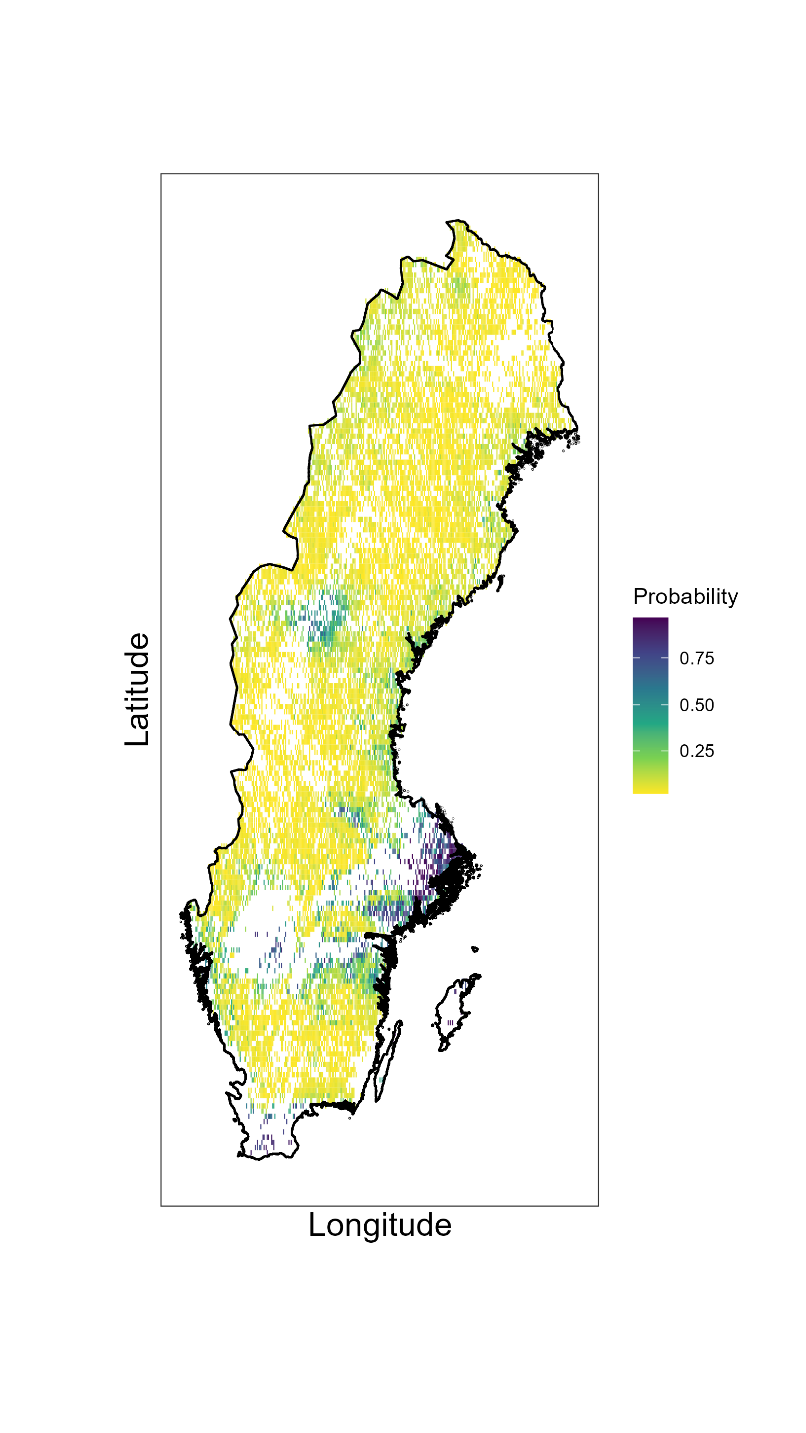
Invasive species in freshwater
Invasive species are a growing problem, threatening biodiversity and causing irreversible damage to nature. They can contribute to the extinction of species and ultimately affect human well-being.
To strengthen knowledge and maximise opportunities to manage invasive alien plants and animals, the Department of Aquatic Sciences and Assessment work on this from different perspectives.
Through environmental monitoring, we help to monitor the occurrence and distribution of invasive species throughout Sweden.
We also have staff who research the ecology of invasive species and the effects of invasions on aquatic ecosystems, and modelling the spread of potential of species.
Our competence, knowledge and experiences include:
- Design of monitoring programs (e.g. of the flooding mosquito and invertebrates in Lake Mälaren).
- Modelling risk zones (e.g. for the zebra mussel). Used in risk assessment.
- Using DNA methods to investigate how species (e.g. seaweed) have spread.
For more information about the species we have studied, please see the Swedish version of this web page.
Popular science publications
Invasiv art tar vattenvägen norrut (SLU Kunskapsbank)
Links
The European Network on Invasive Alien Species (NOBANIS)
Swedish Agency for Marine and Water Management's information about invasive species
Above, we describe the work on invasive species at the Department of Aquatic Sciences and Assessment. There is also considerable expertise on invasive species in other parts of SLU. Here are a few examples:
Contact
-
Person
